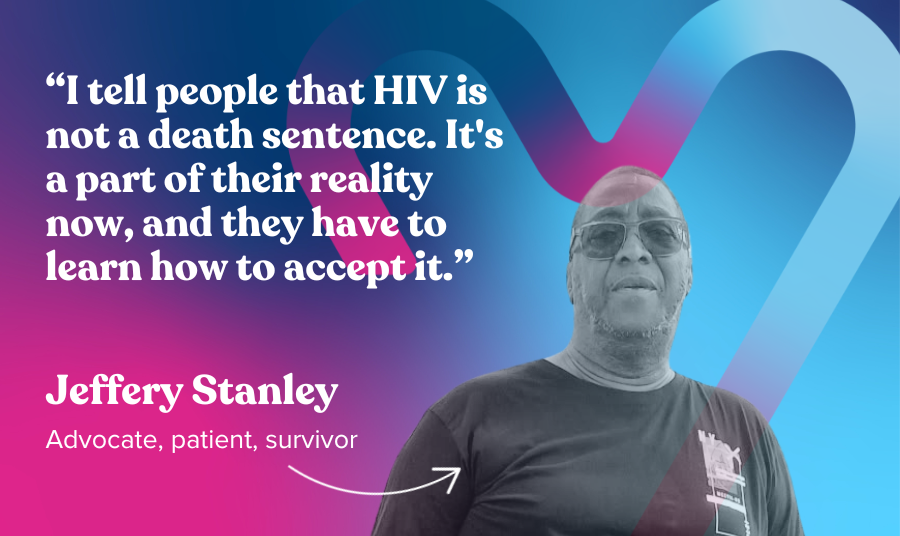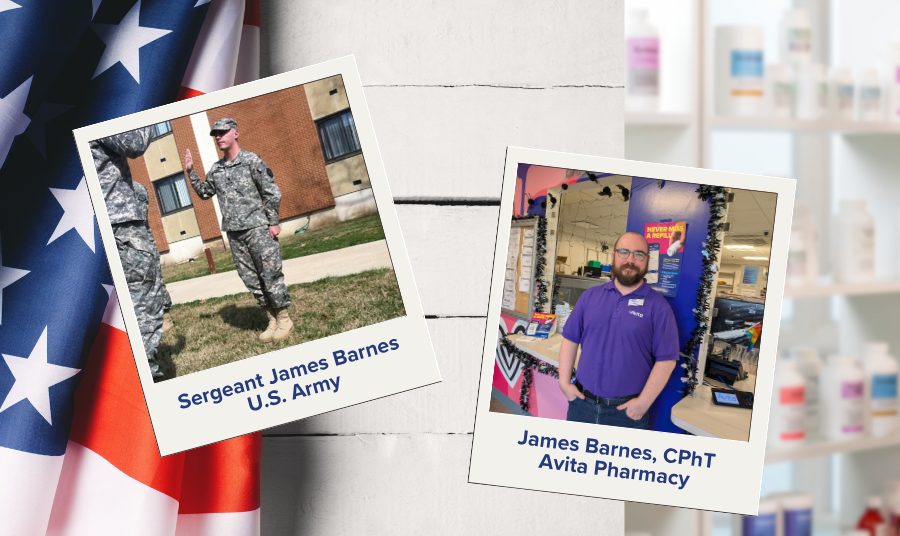Any covered entity vetting 340B solutions providers knows it’s no easy lift. Organizations are often flooded with solicitations from potential partners, frequently while they’re still trying to understand the program themselves (and while fighting for health equity on behalf of some of the nation’s most underserved patients).
So how do you find a partner with the right stuff? Spoiler alert: it’s not simply sorting through table stakes and deciding based on the bottom line. Avita Care Solution’s CEO Michael Yount and Chief Growth Officer Lee Horner offer three tips for ensuring a potential partner has the chops to move your mission.
How to Find a 340B Partner that Delivers
Ready to separate the wheat from the chaff and choose a 340B partner for the long haul? Consider these three crucial elements, Yount and Horner advise:
1. Experience: Before you take the plunge with a new 340B partner, be sure they don’t come up short on the expertise front. Finding an organization with not only experience in 340B program administration but also familiarity with providing pharmacy and clinical services is key. “The 340B program is incredibly complex and can be intimidating, especially when you factor in the pharmacy and health care arenas,” says Yount. “A covered entity’s focus should be on taking care of patients and growing its breadth of services while they let a trusted 340B partner administer the program for them.”
*Be sure to: Take a cue from a potential partner’s company representatives. “They should be very well versed in the value-add their organization can bring to your covered entity,” Yount says. “Look for a consistent message that you’re dealing with an organized, stable, and knowledgeable team.”
Michael Yount
CEO, Avita Care Solutions
The 340B program is incredibly complex and can be intimidating. A covered entity’s focus should be on taking care of patients and growing its breadth of services while they let a trusted 340B partner administer the program for them.
2. Credibility: When selecting a new solutions provider, do the legwork on how they score with other covered entities. “Look for a quality partner that is well respected in the industry and has the right coverage and capability to support your organization and the patients you serve,” Horner says. Don’t neglect to analyze a vendor’s reputation across its entire scope of solutions. “Covered entities should consider the partnership from a holistic point of view,” Horner adds, “not just one asset of a service provider’s offerings.”
*Be sure to: Talk to the organization’s clients. “At Avita, we encourage any prospective partner to talk to our existing partners,” says Horner. Find out how they deliver on a strategic plan, their onboarding process, what’s in their technology stack, and their metrics for patient adherence and satisfaction (Humble brag: Avita’s adherence rate is 90%, and its patient NPS score is 93%).
Lee Horner
Chief Growth Officer
Avita Care Solutions
Look for a quality partner that is well respected in the industry and has the right coverage and capability to support your organization and the patients you serve.
3. Community focus: Down to a few finalists? Don’t forget to assess how a potential partner interacts with the communities it serves. “Especially when caring for marginalized patients, health care is a localized initiative,” Yount says. “It’s crucial to find a partner that will be involved with patients not just in a clinical setting but also where they live, work, and socialize.”
*Be sure to: Ask a potential partner for examples of how they’re involved in the community. Request examples of co-marketed patient educational materials, a presence at local events and patient engagement opportunities, and how their team members take part in outreach activities in the local area.
Michael Yount
CEO, Avita Care Solutions
Especially when caring for marginalized patients, health care is a localized initiative. It’s crucial to find a partner that will be involved with patients not just in a clinical setting but also where they live, work, and socialize.
Final thoughts: Bigger is not always better
Buyer beware: Don’t assume bigger is always better when it comes to potential 340B partners. “Going with the biggest vendor is not necessarily the right answer,” Horner says. “Instead, look for an organization that can meet your objectives. You want a partner who will roll up their sleeves and take the time to work with your entity hand in hand.”
In the end, a potential partner’s agility and focus eat organizational size for breakfast, Yount says. “What’s more important is a solution provider’s ability to be nimble, quickly respond, and provide tailored solutions that meet the needs of the covered entity, its patients, and its long-term mission.”
Content in this article originally ran in our piece “How to Make the Most Out of the 340B Coalition Conference” in 340B Report. To read the full post, click here.




